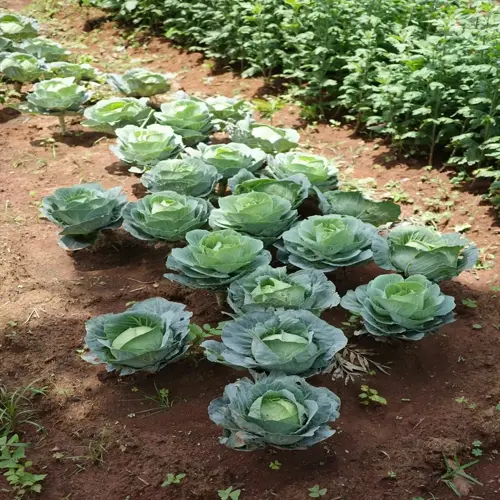Why does my broccoli have small or no heads?

Written by
Tina Carter
Reviewed by
Prof. Martin Thorne, Ph.D.Small or absent broccoli heads are usually due to recognized failures in growing conditions. Temperature extremes are among the leading causes of climate change. Exposure to temperatures above 80°F can cause premature flowering during formation, while cold temperatures below 50°F can slow growth. I have salvaged crops by being aware of forecasts and taking the necessary protection before any stress occurs.
Transplant shock often destroys the important meristematic tissues. Physical injuries cause the same kind of damage to the apical meristem, which stops head growth. I only pick seedlings up by the leaves; I never touch the stems. Cutworm damage looks similar. I use cardboard collars immediately after planting. Proper hardening, which takes 7 to 10 days, will avoid shock.
Sunlight Solutions
- Non-negotiable: 6-8 hours direct sunlight daily
- Shadow Management: Trim nearby plants blocking light
- Reflective Aids: Use white mulch to boost light exposure
Nutrient Correction
- Boron Focus: Apply 1 tsp borax per gallon water if deficient
- pH Balance: Maintain 6.0-7.0 soil pH for nutrient uptake
- Nitrogen Control: Avoid excess nitrogen promoting leafy growth
Spacing issues cause competition for resources. Plants typically require about 18 to 24 inches of space between them. When planted too close together, those plants fight for nutrients and light. I measure the spacing out when I plant. Overcrowding puts additional disease pressure on plants. To prevent stunted plant growth, all seedlings must be properly thinned.
Nutrient imbalances are particularly limiting to the size of heads. Boron deficiency leads to hollow stems and reduced head size. I evaluate soil every year, applying compost to ensure adequate levels of micronutrients. An excess of nitrogen encourages leaf growth rather than head enlargement. Fertilizing in a balanced manner is beneficial in developing heads appropriately.
Preventive measures are often more effective than reactive fixes. Select varieties that demonstrate good performance in your specific climate. Maintain a consistent moisture level to avoid drought stress. Check the pH level monthly and make adjustments as needed. Take note of the conditions each year to improve next time and achieve optimal results. Your next planting will have nicely formed heads.
Read the full article: When to Harvest Broccoli: Essential Guide

